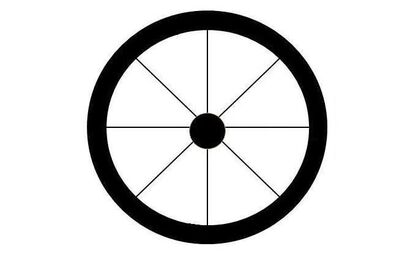|
Part 1 of this Blog Series was scribbled about a week ago - I recommend reading that and understanding it before trying to get your head around this one - it’s an extremely important topic but not particularly easy to get a grip of.
How to Interpret the P/E Ratio Right, now we have got to the critical bit. Calculating a P/E Ratio (remember, I prefer the Forward P/E Ratio) is one thing, but it is not much use if you have no framework and knowledge to put that Number into context. The following list should help with that interpretation (well, that‘s the plan anyway - you may need to read it a few times and perhaps makes notes - this is extremely important):
I warned you that was a tough but critical set of Bullet Points. In Part 3 of the Blog Series I will look at some other simple methods to value things and how you can use P/E Ratios in a practical day to day Trading sense. Right, you better stretch your legs and get a brew and read it again because there is a small chance it will make a bit more sense if you read it again !! Cheers, WD.
4 Comments
Steve Holdsworth
2/9/2016 10:06:05 am
An excellent article, WD. It should be required reading for anybody new to investing, and is also a very useful reminder and 'checklist' for those of us who have been in the game a bit longer.
Reply
WheelieDealer
2/9/2016 10:01:02 pm
Hi Steve, thanks for the feedback - it's great to hear that even experienced Investors can find this stuff useful - in many ways I started doing WheelieDealer with Beginners in mind but it has luckily turned out that most Investors do see to find some stuff worth reading.
Reply
Zyg Suzin
12/9/2016 10:41:01 am
Hi WD
Reply
WheelieDealer
12/9/2016 05:38:10 pm
Hi Zyg,
Reply
Leave a Reply. |
'Educational' WheelieBlogsWelcome to my Educational Blog Page - I have another 'Stocks & Markets' Blog Page which you can access via a Button on the top of the Homepage. Archives
May 2024
Categories
All
Please see the Full Range of Book Ideas in Wheelie's Bookshop.
|


